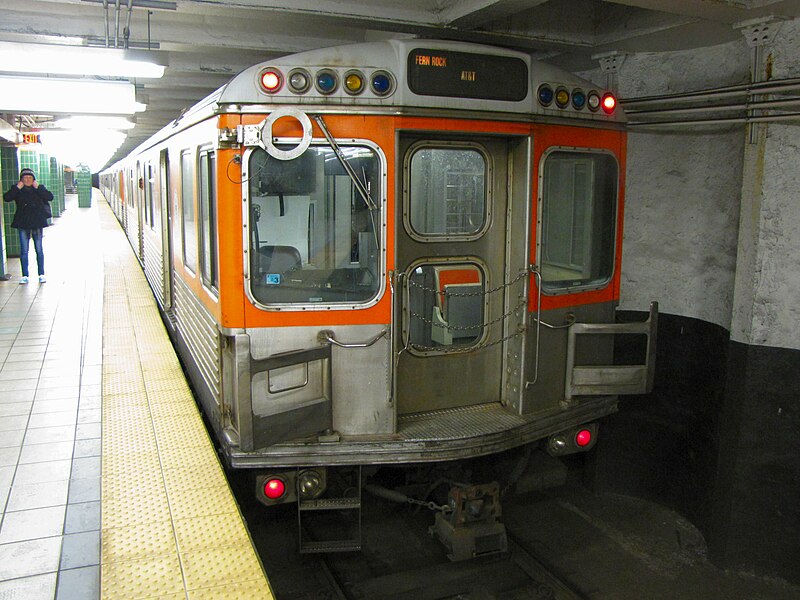by Tadman
Hi guys. I'm a traction/interurban fan from Chicago, so I take a lot of interest in your NHSL line due to the DC interurban history and the Electroliner and CTA 6000's used by the line at one time.
What I can't get my mind around - why does the line stop at 69th street instead of going downtown? I understand that you've got a broad gauge subway connection, right, which is your basic reason. But out here there's been a pattern of interurbans operating over CTA and Class I's to get downtown. There's also been a pattern of failure when you cut that one-seat ride. The CA&E cut back to Forest Park with a transfer to downtown and was gone in three years. We also know the fate of the NYW&B. Nobody wanted to ride a line parallel to the New Haven, then transfer to a subway for the ride downtown.
So why does this work in Philly? Did they ever think of broad-gauging it to work with the connecting subway?
Also, why did they buy such specialized one-off N5's? It strikes me that they could've done any number of more economical things like piggyback on a subway car order, convert to AC and use Silverliners, or piggyback on the similar-timed South Shore order to Sumitomo for DC interurban cars. Or am I imputing way too much logic or rationality to SEPTA?
Thanks for your input! Please pardon some basic questions and assumptions, I'm not from Philly and have only spent a few days there. My friends out east seem to be everywhere but PHL.
What I can't get my mind around - why does the line stop at 69th street instead of going downtown? I understand that you've got a broad gauge subway connection, right, which is your basic reason. But out here there's been a pattern of interurbans operating over CTA and Class I's to get downtown. There's also been a pattern of failure when you cut that one-seat ride. The CA&E cut back to Forest Park with a transfer to downtown and was gone in three years. We also know the fate of the NYW&B. Nobody wanted to ride a line parallel to the New Haven, then transfer to a subway for the ride downtown.
So why does this work in Philly? Did they ever think of broad-gauging it to work with the connecting subway?
Also, why did they buy such specialized one-off N5's? It strikes me that they could've done any number of more economical things like piggyback on a subway car order, convert to AC and use Silverliners, or piggyback on the similar-timed South Shore order to Sumitomo for DC interurban cars. Or am I imputing way too much logic or rationality to SEPTA?
Thanks for your input! Please pardon some basic questions and assumptions, I'm not from Philly and have only spent a few days there. My friends out east seem to be everywhere but PHL.
The new Acela: It's not Aveliable.
